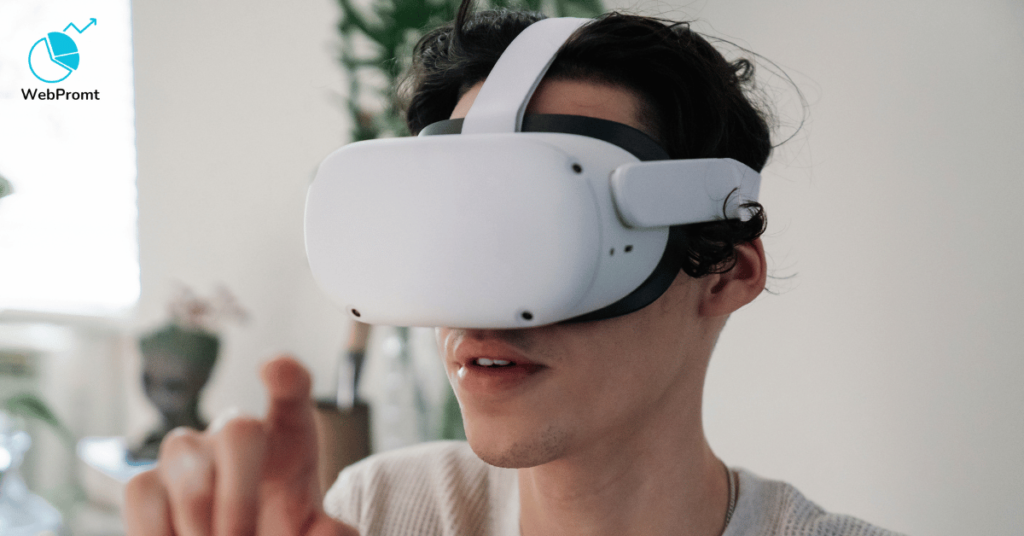
Analyzing the Impact of Augmented Reality (AR) on Digital Marketing Campaigns
With the rise in AR technologies, its application can be found in multiple industries from mobiles to marketing. And with continuous development in communication and networking technologies, we can further see great inventions using AR technology. Similar to other industries, Augmented Reality has a major influence on Digital marketing campaigns.
Did you know AR-integrated product campaigns are 200% more engaging than usual campaigns? And why wouldn’t it be?
People like to connect with other people and with AR technology the engagement rate can drastically rise and has the potential to generate great revenue.
In this article, we are going to dive deeper into the aspects and usage of AR in digital marketing and its potential to change marketing practices.
Impact of Augmented Reality on Digital Marketing
We all know how quickly market demand changes, and so does the way we market. With the introduction of AR practices, we can market more efficiently and engage better with people.
AR first came to be in 1968 and marked the era of change. Since then the AR has shown remarkable growth. It’s only in the last few decades it has been introduced in different applications across various industries. Similar to all other industries, the impact of augmented reality in digital marketing is quite notable and has revolutionized the way we market.
Online place is an ever changing place where everyone’s trying to get as much attention as possible. With the introduction of AR technology now users can interact with the product in their environment.
The best thing about AR technology is that it doesn’t require any special device requirement. Take Amazon for example, for certain products they offer an AR view of the product. The software will analyze the surrounding and based on that it will show you how the product will look in real life scenario.
Ways of Implementing AR in Marketing Campaigns
Interactive Product Previews
Let customers “try before they buy” with AR. For example, IKEA’s AR app allows users to place virtual furniture in their homes to see how it fits and looks. It makes decision-making easier and reduces purchase hesitation.
Gamified Experiences
Engage your audience with AR games. Think of Pokémon GO-inspired campaigns! For instance, a brand could create a scavenger hunt where customers unlock rewards by finding virtual objects in their environment.
Virtual Try-Ons
Perfect for fashion and beauty brands! Sephora’s Virtual Artist app lets users try on makeup virtually, while Warby Parker’s AR feature helps you find the perfect pair of glasses. This adds convenience and fun to shopping.
Immersive Packaging
Make your packaging come alive with AR. Scan a product with your phone, and it could show recipes, stories, or behind-the-scenes videos. Coca-Cola once used AR to let customers interact with polar bears through their cans.
Location-Based AR Campaigns
Use AR to guide people to physical stores or pop-up events. For example, Burger King’s “Burn That Ad” campaign lets users virtually burn competitors’ ads using AR, offering them a free Whopper in return.
End Note
Augmented Reality isn’t just a tech trend—it’s a powerful way to connect with your audience in a fun, engaging, and memorable manner. By incorporating AR into your marketing campaigns, you can create experiences that not only capture attention but also foster stronger connections with your customers. Whether it’s through virtual try-ons, interactive packaging, or gamified experiences, the possibilities are endless.
Spread the Love
© Copyright WebPromt. All right reserved.




